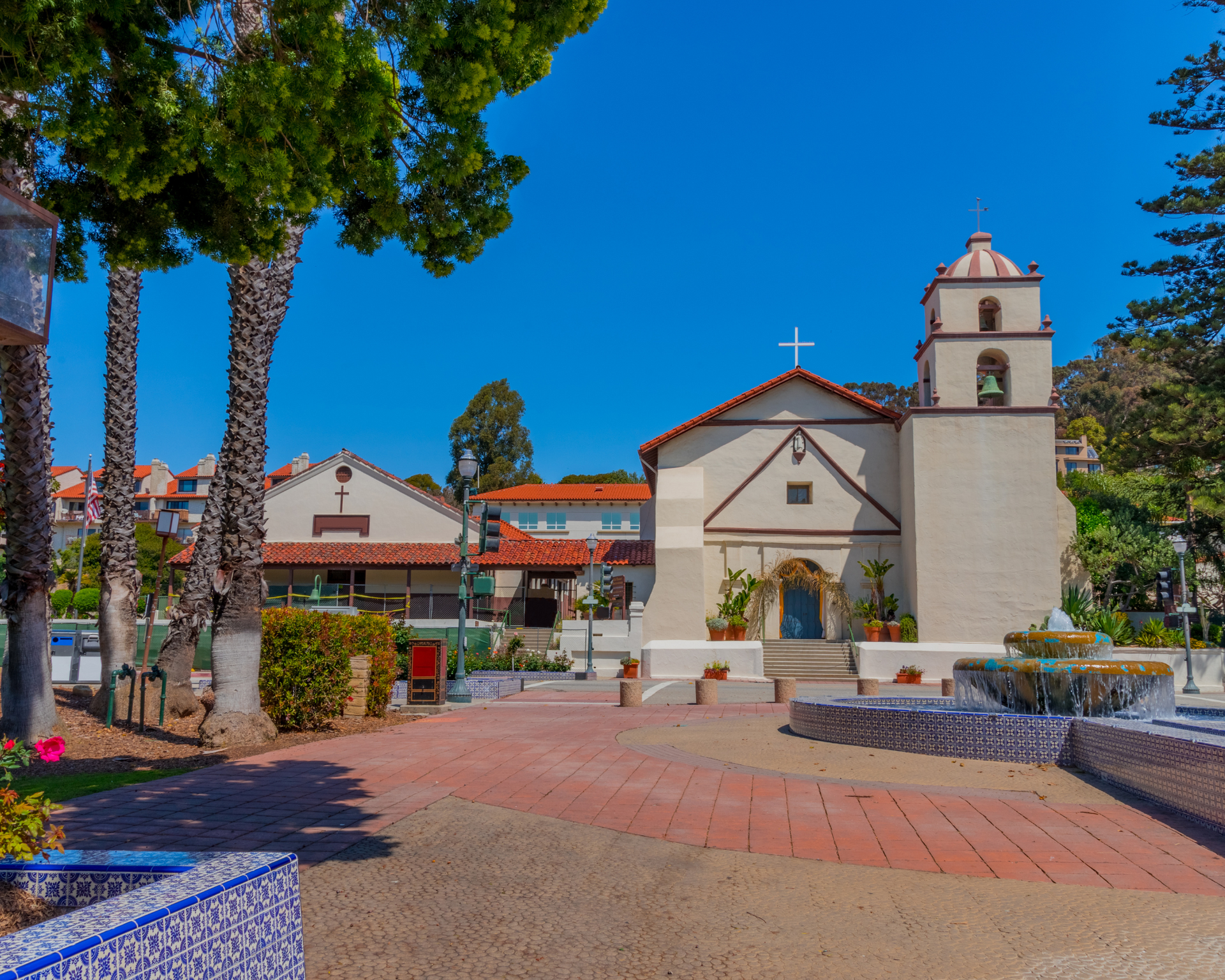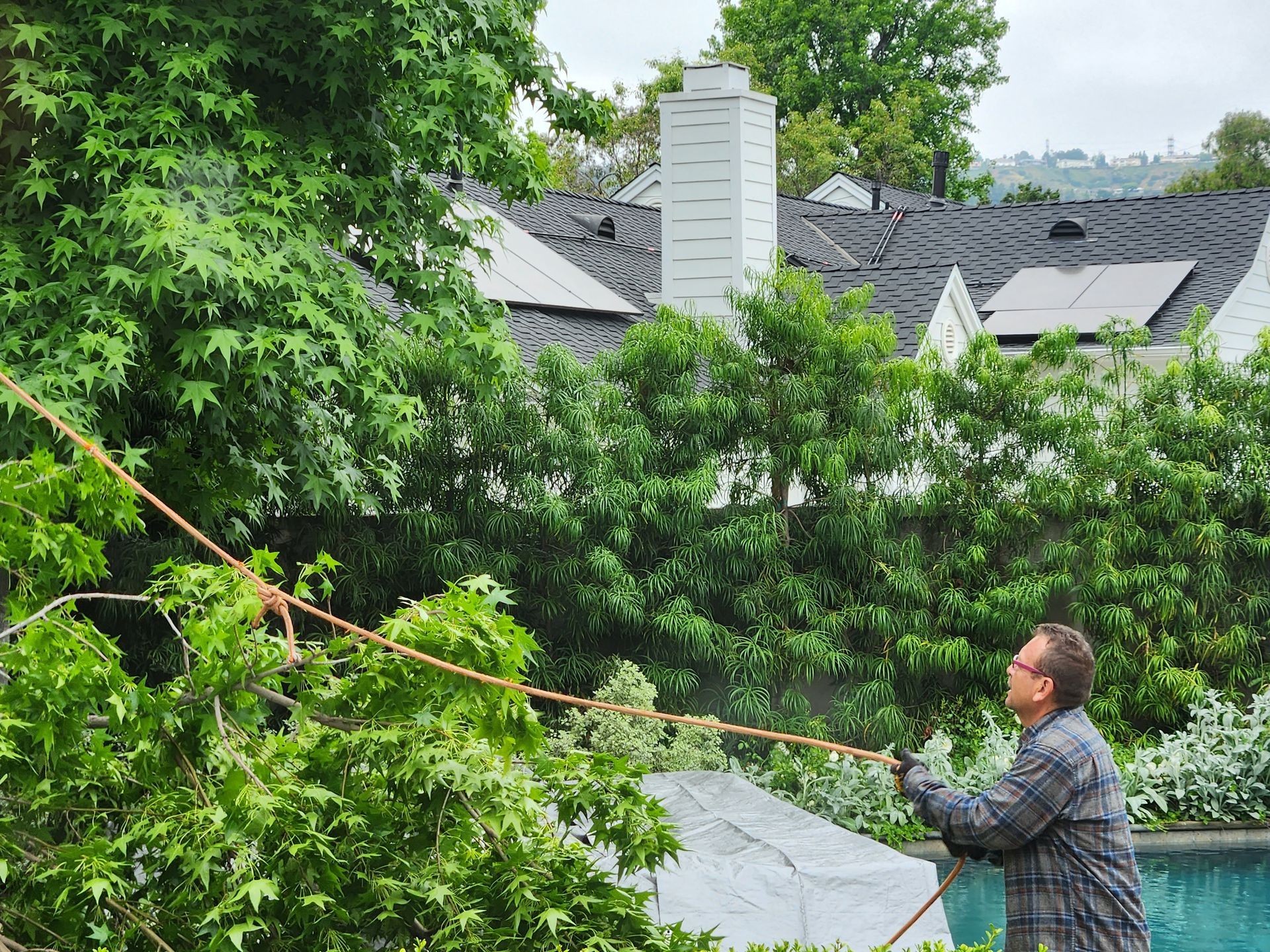Invasive Tree Roots and Sewage and Water Lines
How We Can Help You Avoid Expensive And Difficult Problems
The conventional wisdom says that the roots of certain tree species may be harmful to water and sewage lines than others. This is especially true if the trees are planted too close to these pipelines. That wisdom bears out as far as it goes, but all trees have some ability to invade water and sewer lines.
Root Egress
Tree roots invade water and sewer pipes mostly through those that are damaged and that are installed in the top 24” of soil. Sound and solid water lines and sewers generally have very little to no trouble with root damage, and even then only at weak points where water seeps out. Invasion of water pipes by many fast-growing, large trees is spurred by the tree’s discovery of a water source. A tree will do what it must to survive. Despite popular wisdom, tree roots don't crush septic tanks and lines. Instead, roots enter through weak and seeping areas on tanks and lines.
We suggest that you closely watch the following aggressive trees when they grow near your sewage service, or avoid planting them altogether:
- Fraxinus (ash)
- Liquidambar (sweetgum)
- Populus (poplar and cottonwood)
- Quercus (oak, usually lowland varieties)
- Robinia (locust)
- Salix (willow)
- Tilia (basswood)
- Liriodendron (tulip tree
- Platanus (sycamore)
For managed landscapes near sewer lines, we suggest that you replace water-seeking trees every eight to 10 years before they grow too big. We suggest this because this limits the distance roots can grow outside the planting area. It also limits the time they have to grow into and around foundations, sidewalks, and other property infrastructure.
When older trees become embedded in pipes and sewers by growing roots around the pipes, these trees can experience structural root failure and fall over. In doing so, these trees can pull up field lines along with its roots.
To help prevent tree root damage that will eventually interfere with sewer lines:
- Plant small, slow-growing trees near sewer lines.
- Plan to replace trees every eight to 10 years if you desire faster-growing species.
- Periodically monitor and replace even slow-growing trees.
- Thoroughly evaluate landscaping plans for potential root intrusion when improving or building new sewer lines.
- Consider Amur maple, Japanese maple, dogwood, redbud, and fringetree, common trees recommended for planting near water lines.
- If you already have tree root damage to your lines, there are products containing slow-release chemicals to limit additional root growth can help.
These steps can be effective in the short term, but longer-term results are impossible to guarantee. Seek our professional advice at Ventura Tree Services when exploring any these options.



